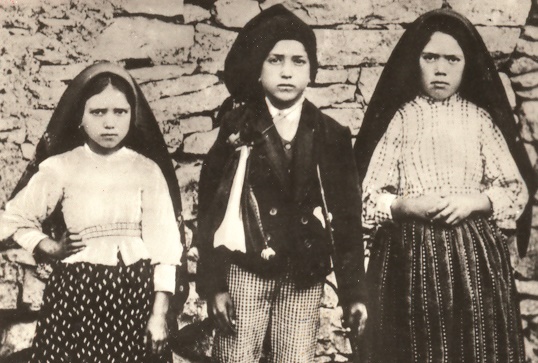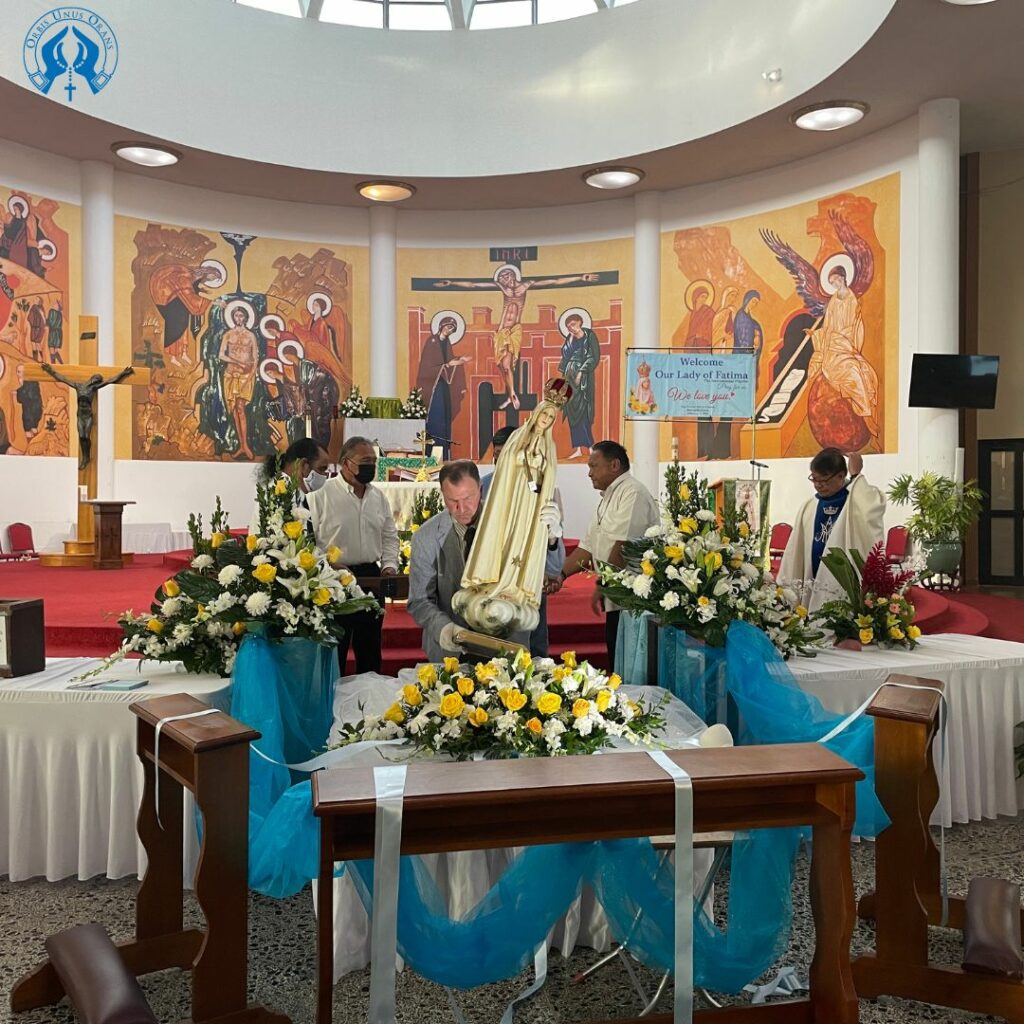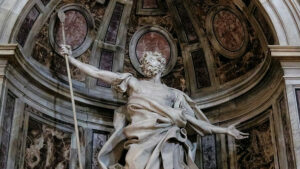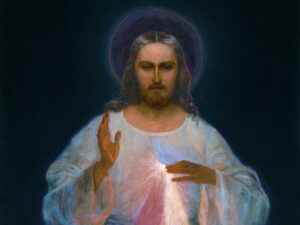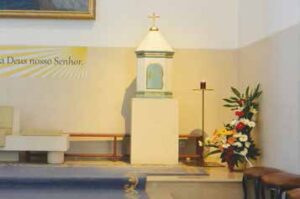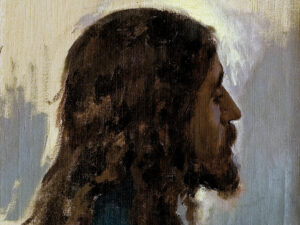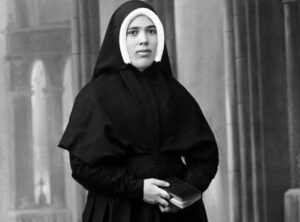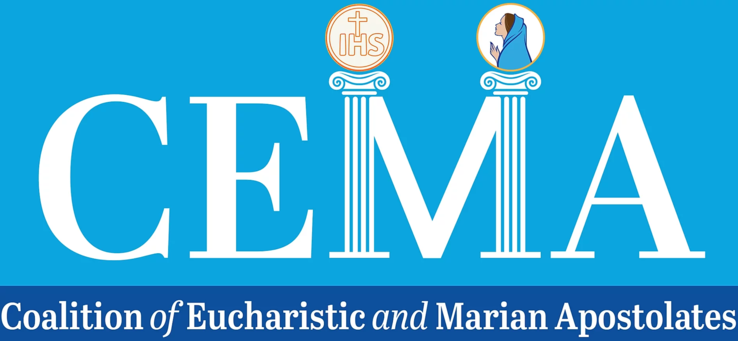by Donal Anthony Foley –
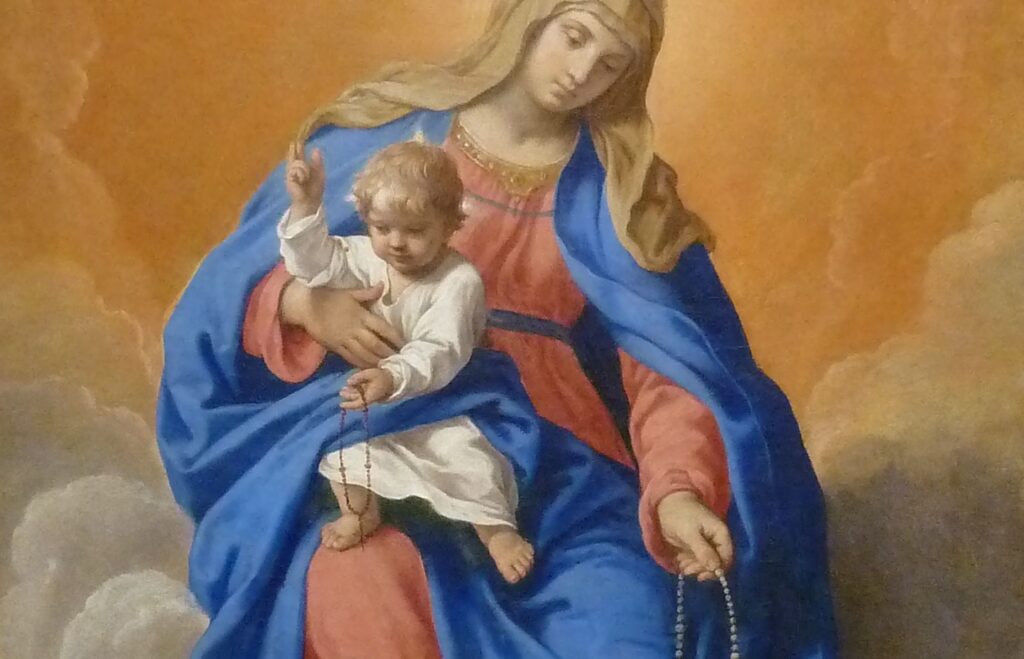
We are mid-way through October, the month dedicated to the Rosary, a dedication due to Pope Leo XIII, (1878 -1903). He wrote numerous encyclicals promoting the Rosary and was keen to encourage the practice of saying it every day in October. He also added the invocation “Queen of the Most Holy Rosary” to the Litany of Loreto.
October 7 is also the feast of Our Lady of the Rosary, commemorating the miraculous victory of the Catholic Holy League against the Ottoman Empire, which Pope Pius V attributed to the power of the Rosary. Our Lady of Fatima identified herself as the “Lady of the Rosary” on October 13, 1917, during all six of her apparitions, she called for everyone to pray the Rosary daily.
Regarding Our Lady’s consistent call for the Rosary, Sister Lucia stated, “The Most Holy Virgin in these last times in which we live has given a new efficacy to the recitation of the rosary to such an extent that there is no problem,… I tell you, no matter how difficult it is, that we cannot resolve by the prayer of the Holy Rosary.”
St. John Paul II and the Luminous Mysteries
St. John Paul II had a particular association with Fatima, becoming known as the “Fatima Pope,” and a great love for the Rosary. He stated just before his election to the papacy, “The Rosary is my favorite prayer. A marvelous prayer! Marvelous in its simplicity and its depth.”
This month is the 20th anniversary of John Paul II’s introduction of the Luminous Mysteries of the Rosary, which coincided with the release of his Apostolic Letter Rosarium Virginis Mariae (“Rosary of the Virgin Mary”) on Oct. 16, 2002.
The Luminous Mysteries, or “mysteries of light”, introduce us to the five events in the public life of Christ: the Baptism in the Jordan, the Wedding at Cana, the proclamation of the Kingdom of God and call to conversion, the Transfiguration, and the institution of the Eucharist. In explaining why he chose to highlight these particular events, John Paul II said, “Each of these mysteries is a revelation of the Kingdom now present in the very person of Jesus.”
In the introduction of his letter, John Paul II states, “The Rosary of the Virgin Mary, which gradually took form in the second millennium under the guidance of the Spirit of God, is a prayer loved by countless Saints and encouraged by the Magisterium. Simple yet profound, it still remains, at the dawn of this third millennium, a prayer of great significance, destined to bring forth a harvest of holiness.”
He also said, “The Rosary, though clearly Marian in character, is at heart a Christocentric prayer. In the sobriety of its elements, it has all the depth of the Gospel message in its entirety, of which it can be said to be a compendium. It is an echo of the prayer of Mary, her perennial Magnificat for the work of the redemptive Incarnation which began in her virginal womb. With the Rosary, the Christian people sits at the school of Mary and is led to contemplate the beauty on the face of Christ and to experience the depths of his love.”
He emphasizes the strong link of the papacy with the promotion of the Rosary, describing it as “among the finest and most praiseworthy traditions of Christian contemplation.”
In the main body of the work he expands on the above ideas, focusing on how the Rosary enables us to “Contemplate Christ with Mary,” and on how it is a compendium of the Gospel. He also sees the Rosary as a way of assimilating the mysteries of Christ through prayerful meditation.
He, likewise, sees the Rosary as a “sweet chain linking us to God,” a prayer of peace, a prayer for parents and children, and thus a treasure to be rediscovered by those who may have neglected it in the past.
As regards the idea of the Rosary as a prayer for peace, a theme which was very prominent in the words of Our Lady at Fatima, and with an allusion to the Luminous Mysteries, he also says, “The Rosary is also a prayer for peace because of the fruits of charity which it produces. When prayed well in a truly meditative way, the Rosary leads to an encounter with Christ in his mysteries and so cannot fail to draw attention to the face of Christ in others, especially in the most afflicted. … How could one possibly follow in the footsteps of Christ the Revealer, in the mysteries of light, without resolving to bear witness to his ‘Beatitudes’ in daily life?”
In conclusion he says, “May this appeal of mine not go unheard! At the start of the twenty-fifth year of my Pontificate, I entrust this Apostolic Letter to the loving hands of the Virgin Mary.”
During this month, in particular, it would be a very good practice to prayerfully go through the Letter as a way of rediscovering the power and importance of the Rosary, and thereby pray it with deep devotion. If we do that we will surely call down God’s blessings on ourselves, our families, the Church and the whole world.
Donal Anthony Foley is the author of a number of books on Marian Apparitions, and maintains a related web site at www.theotokos.org.uk. He has also written two time-travel/adventure books for young people, and the third in the series is due to be published shortly – details can be seen at: http://glaston-chronicles.co.uk


